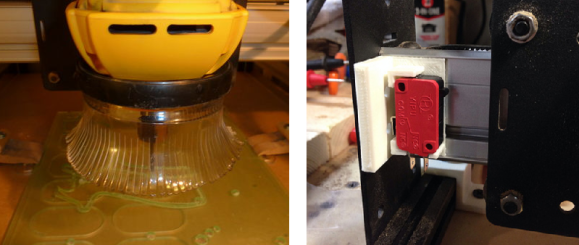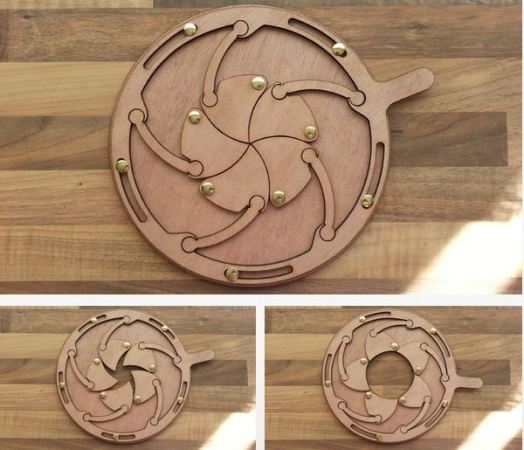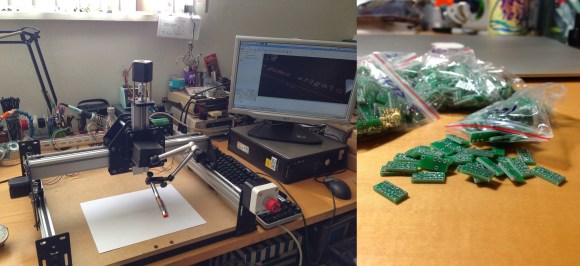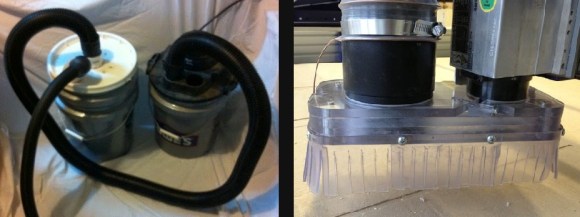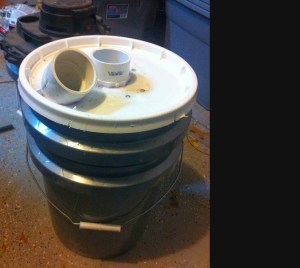
[Mike Douglas] has a small hobby CNC router, which works great — but you’re limited to controlling it from your PC. And unfortunately, there just aren’t pendants made for this consumer level stuff. Annoyed at having to reach over to use his keyboard all the time, he stumbled upon a simple, but brilliant solution: A dedicated USB 10-key pendant keypad.
These USB keypads are designed for laptops that don’t have full size keyboards. They can be had for a few dollars from China, and let you expand your keyboard possibilities… All [Mike] had to do was print off some stickers to put on the keys!
It’s easy to program new hot keys in Mach3 — and there you go! Why haven’t we thought of this before? While you’re at it, why not build a cyclonic dust separator for your CNC too — and if you’re having trouble clamping down work pieces, [Mike] has a pretty cool solution for that as well.

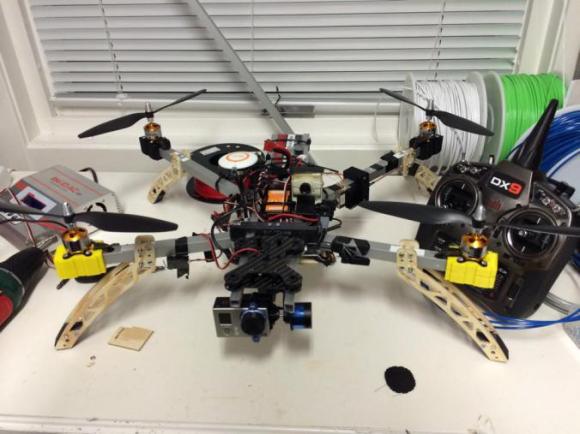
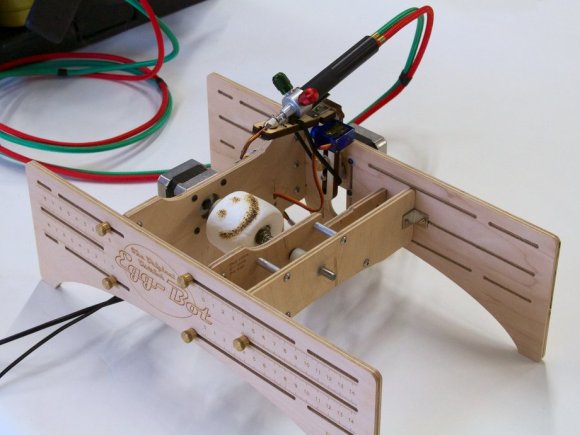 The Egg-Bot is pretty awesome, we must say. But if you have one, you end up with lot of delicate, round things rolling around your abode and getting underfoot. Warmer weather is just around the corner, so segue from spring gaiety to hot fun in the summertime with
The Egg-Bot is pretty awesome, we must say. But if you have one, you end up with lot of delicate, round things rolling around your abode and getting underfoot. Warmer weather is just around the corner, so segue from spring gaiety to hot fun in the summertime with 